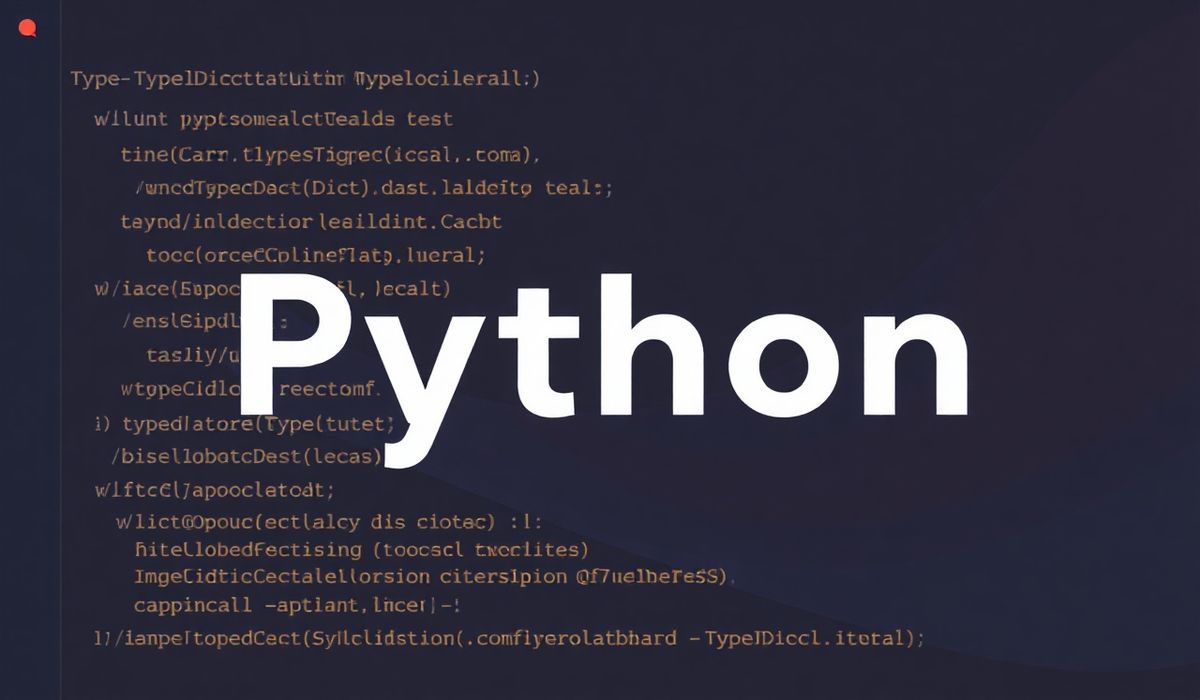Welcome to the Comprehensive Guide on JSDoc
JSDoc is a powerful tool used in JavaScript development to annotate and produce comprehensive documentation for your codebase. This guide will walk you through the basics of JSDoc, introduce you to various useful APIs, and provide practical examples and code snippets to illustrate how you can effectively use JSDoc to document your JavaScript projects.
What is JSDoc?
JSDoc is an open-source API documentation generator for JavaScript. It allows developers to create HTML documentation from comments in their code. The documentation generated by JSDoc can greatly enhance the readability and maintainability of a codebase.
Getting Started with JSDoc
/**
* Adds two numbers together.
* @param {number} a - The first number.
* @param {number} b - The second number.
* @returns {number} The sum of the two numbers.
*/
function add(a, b) {
return a + b;
}
Example: Documenting a Function
Let’s take a simple function and add JSDoc comments to it:
/**
* Greets a user with a given name.
* @param {string} name - The name of the user.
* @returns {string} A greeting message.
*/
function greet(name) {
return `Hello, ${name}!`;
}
JSDoc Tags and Their Usage
JSDoc supports various tags that help document different aspects of your code. Here are some commonly used tags:
@param
Used to document the parameters of a function.
/**
* Fetches a user from the database.
* @param {number} id - The ID of the user.
* @returns {object} The user object.
*/
function getUser(id) {
// Implementation here
}
@returns
Specifies the return value of a function.
/**
* Calculates the area of a rectangle.
* @param {number} width - The width of the rectangle.
* @param {number} height - The height of the rectangle.
* @returns {number} The area of the rectangle.
*/
function getArea(width, height) {
return width * height;
}
Sample Application using JSDoc
Here’s a small application that utilizes some of the documented functions:
/**
* Greets the user and calculates their BMI.
* @param {string} name - The user's name.
* @param {number} weight - The user's weight in kilograms.
* @param {number} height - The user's height in meters.
* @returns {string} A greeting message and the user's BMI.
*/
function greetAndCalculateBMI(name, weight, height) {
const bmi = getBMI(weight, height);
const greeting = greet(name);
return `${greeting} Your BMI is ${bmi.toFixed(1)}.`;
}
/**
* Calculates the BMI (Body Mass Index).
* @param {number} weight - The user's weight in kilograms.
* @param {number} height - The user's height in meters.
* @returns {number} The BMI value.
*/
function getBMI(weight, height) {
return weight / (height * height);
}
By utilizing JSDoc, you can easily generate documentation for the above functions, making it easier for other developers to understand and use your code.
Enhancing your code with JSDoc comments can significantly improve its quality, usability, and maintainability. Start using JSDoc in your projects and experience the benefits of well-documented code.
Happy coding!
Hash: ad637b36e79cfd8551656e08aacc225bb10a14069e347453108539c06c485cb5




